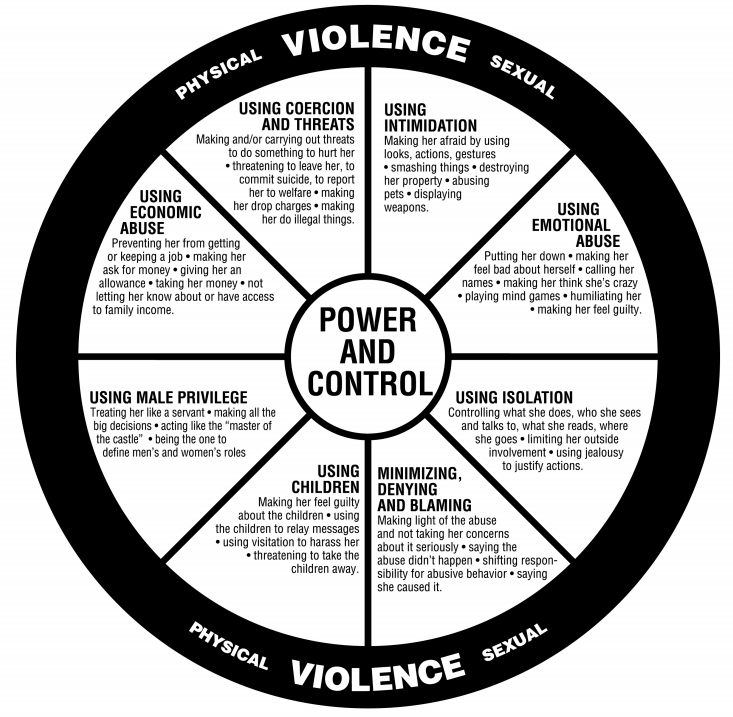Why Do Victims Stay? Let’s Change the Conversation.
It’s one of the most common questions we’re asked — and the answer is more nuanced than you think.
Kedrick Nettleton, Community Engagement Manager
For those who have never experienced the realities of domestic violence, it can be easy to imagine how simple it might be to find long-term, lasting escape.
I’d never stand for that, you might think. I’d get myself and my kids to safety the very first time something happened.
To be sure, many victims do take immediate action after the first instance of abuse. But there are numerous reasons why someone might stay in an abusive relationship, and research shows that the majority of those who leave eventually return to an abusive partner. In fact, return to their abusers an average of seven times before leaving for good.
Why someone might stay — or why a victim might return to an abuser — is one of the most common questions we’re asked at The Spring. That’s not a bad thing. The people asking mean well and care deeply about the people we serve. They genuinely want to understand the complicated dynamics that are at play in abusive situations. We hope that by taking time today to explore the reasons someone might choose to stay, you’ll see that most situations aren’t as black and white as we might like to believe. Survivors face incredible challenges here in Tulsa, throughout the country, and all over the world that can keep them from seeking help.
Here’s an important statement to start the conversation: Seeking safety is an act of incredible bravery. It’s up to us to create communities that understand the challenges and are supportive of survivors coming forward to find restoration and hope.
Abusers use fear as a tool to keep victims from leaving.
Abuse is not accidental, and abusers are strategic in how they operate. Threats, fear, and misinformation are powerful and intentional means of convincing victims to stay in a domestic violence situation.
Victims might fear coming forward because their abuser has convinced them that they won’t be believed. You’ll never get anyone on your side. No one will believe it’s real abuse. They might fear losing custody of their children. They might fear that if they leave, the abuser will retaliate against people they love or even their pets. (Read more here about how important pet care can be to those experiencing DV.)
The point is this: abusers have an active interest in keeping their victims afraid, and this fear is one of the main reasons victims stay.
Social stigmas about DV survivors still exist — and they can be a barrier to leaving.
Many people still imagine certain stereotypes about victims of domestic violence. Those things don’t happen in my neighborhood. Not in my church. Not in my place of work. Victims often fear that if they come forward, they’ll have to explain themselves to people who can’t possibly understand. Well-meaning people can sometimes make those who have experienced the horrors of abuse feel like they aren’t worthy of finding safety.
It’s important for all of us to work on breaking down these social stigmas, and simple education can help. The Spring provides group trainings and educational blogs like this one to help people understand their role in responding to survivors. Together, we can create communities that affirm the worth of everyone who’s made the courageous choice to leave abuse and seek safety.
Lack of resources can keep victims trapped.
This graphic is a tool called the Power and Control Wheel, created by the Domestic Abuse Intervention Project. On the left-hand side of the wheel, you’ll see a category called “Using Economic Abuse,” and this highlights one of the main reasons victims stay or return to abusive situations: they don’t have the resources necessary to flee.
Abusers often restrict their victims’ access to funds. Victims are often isolated and unable to keep a steady job for themselves. In extreme cases, valuable personal documents that would be needed to start a new life can be hidden and used to keep victims in line.
Finding safety is hard enough in the best of circumstances — doing so without funds or access to resources can be incredibly daunting.
Don't forget: there’s often real love in these situations.
The individuals and families that we serve at The Spring aren’t statistics — they're real individuals with real stories and emotions. Experiencing love and experiencing abuse aren’t mutually exclusive. Victims might not want to leave because they truly love their abuser, even through the horrors they’ve experienced at their hands. They might not want to break up their family for the sake of the children; they might not want to take away their child’s chance of having a relationship with a parent. There are complex ties that bind people together, and trauma-informed care takes these realities into account.
Abusers are often very aware of the power of these emotional ties. On the Power and Control Wheel above, you’ll see spokes for “Using Children” and “Using Emotional Abuse.” It’s worth repeating: abuse is not accidental, and abusers will use anything they can to maintain control — even love.
Ultimately, organizations like The Spring hope to change the conversation, and we hope this article helps reframe the questions we ask. Rather than asking why survivors stay, we hope to inspire people to ask: how can I be a part of empowering those that need help to feel safe in seeking it? If you’re interested in learning more or being a part of our movement, contact us today. We’re better together.


